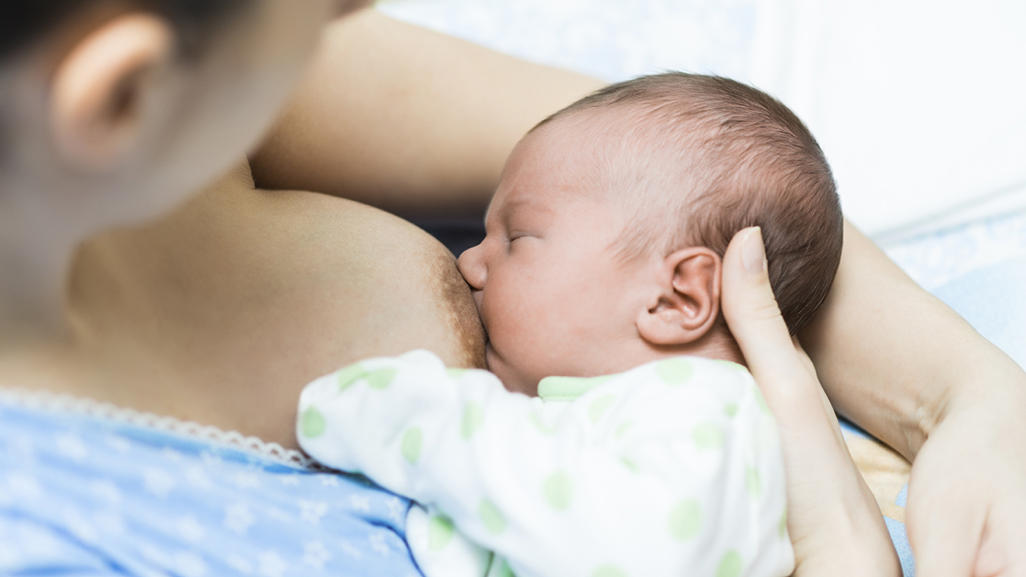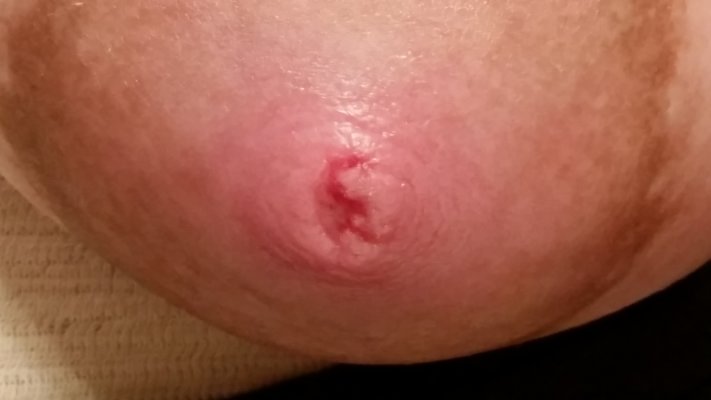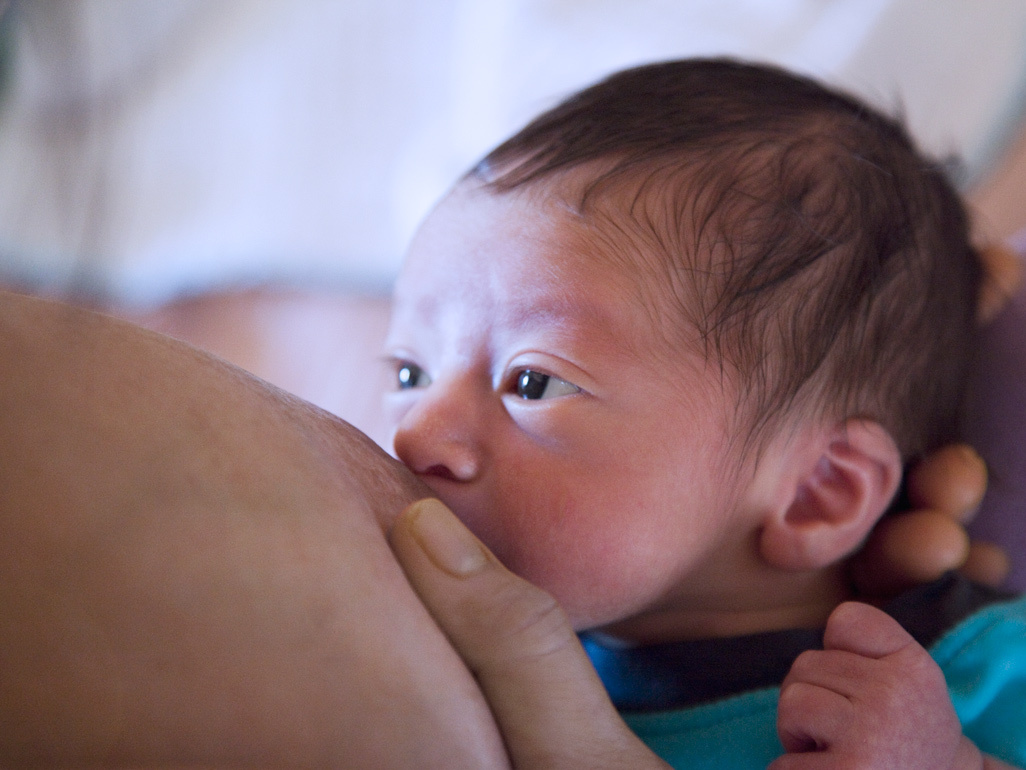
Cracked Nipple Creams are the solution to heal sore nipples as they can help moisturize the skin. They will make you feel more comfortable and delay moisture loss. Which aggravates the discomfort and delays healing. In addition, the cracked nipple cream acts as a barrier between the skin and the undershirt or bra. That will relieve pressure on the nipples. However, some of us might not have the nipple creams for cracked nipple. If you don’t have them you can try using the tips below.
Click Here For The Best Breast Pumps for 2022 and How to Choose One
How To Treat A Cracked Nipple?

Applying Freshly Expressed Breast Milk
Applying freshly expressed breast milk to cracked nipples can help them heal by providing antibacterial protection. If you are a nursing mother, have breast milk on hand, which makes it easier to apply after breastfeeding. Be sure to wash your hands before gently applying a few drops of breast milk to the nipples. Allowing the milk to air dry before covering is another inexpensive and readily available treatment option.
Warm Compress
While there’s no antibacterial benefit, using warm, moist compresses after breastfeeding can provide relief for sore and cracked nipples. To apply, soak a cloth in warm water. Then drain off the excess liquid. After that, place the washcloth on the nipple and breast for a few minutes. Pat gently until dry.
Salt Water Rinse
This homemade saline solution helps to moisturize the skin and promote healing. So first you need to mix 1/2 teaspoon of salt in 8 ounces of warm water. You should then soak your nipples in a small bowl of this warm saline solution for about a minute after breastfeeding your babies. You can also apply the solution to all areas of the nipple using a spray bottle. Then gently pat your nipples dry. Be sure to make fresh saline daily to reduce the chance of bacterial contamination. If your baby doesn’t seem to like the taste of the dry solution, rinse his or her nipples before feeding for wet healing. Apply to nipples after breastfeeding. It does not need to be removed before breastfeeds the baby.
Change Nursing Pads Frequently
Change the nursing pads as soon as they get wet. Leaving moisture on the nipples can slow healing. Also avoid nursing pads with plastic inserts. They can obstruct the air flow. Look for 100% cotton pads.
Click Here For Why do you need a sippy cup for your baby and kids

Let Baby Latch On Their Own
If breastfeeding hurts, it could be because you’re not latching properly. It can be surprisingly helpful to latch the baby on your own. Babies are born with the necessary reflexes to bond naturally. Let the baby adjust his chin, neck and head in a way that is comfortable for him. Once properly fitted, breastfeeding should not be painful or irritate the nipples.
Try Different Breastfeeding Positions
To avoid further nipple irritation, try different breastfeeding positions until you find one that works for you. Teats come in all shapes and sizes, and the perfect feeding position may be different for you. A lactation specialist will help you with this.
Exposing The Nipples To Air
Exposing the nipples to air for as long as possible can also speed up the healing process. Airing the nipples when you’re not breastfeeding gives them time to heal. It also prevents anything from rubbing against it, causing further irritation.